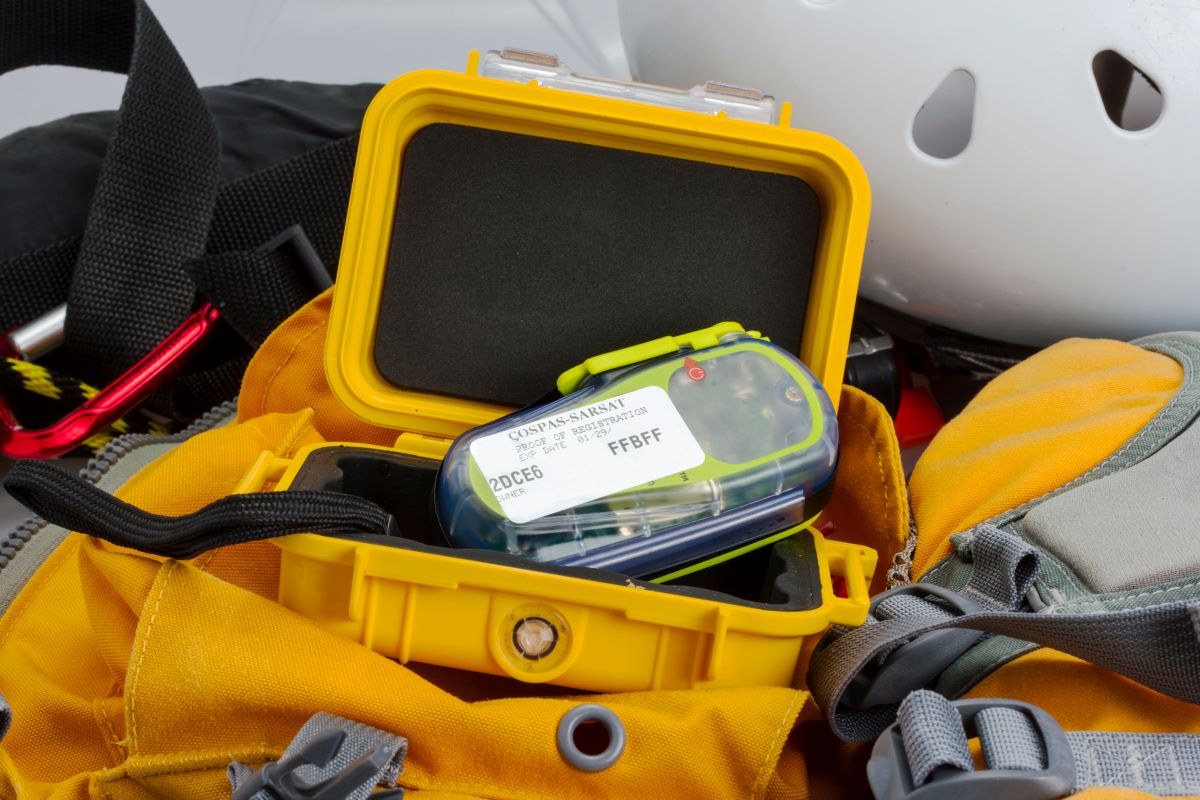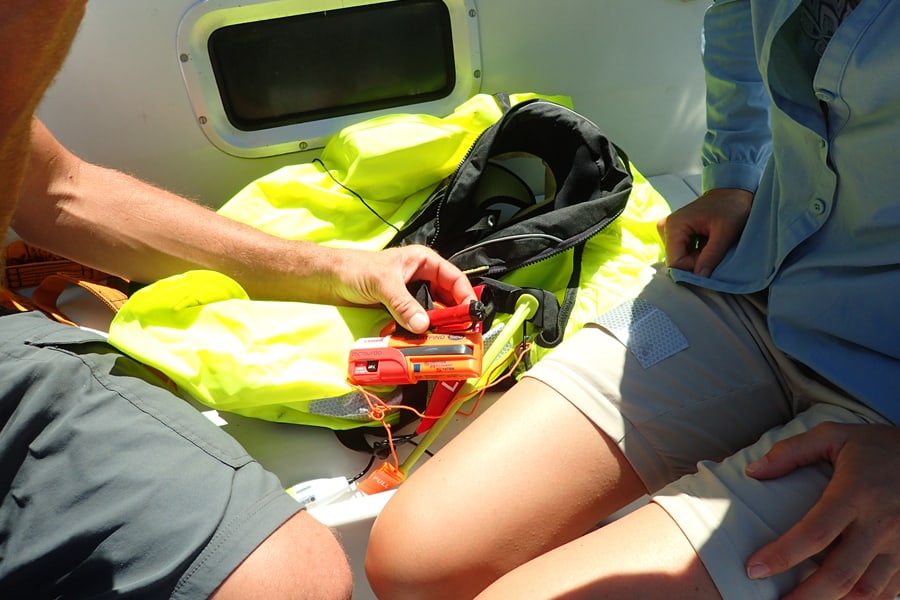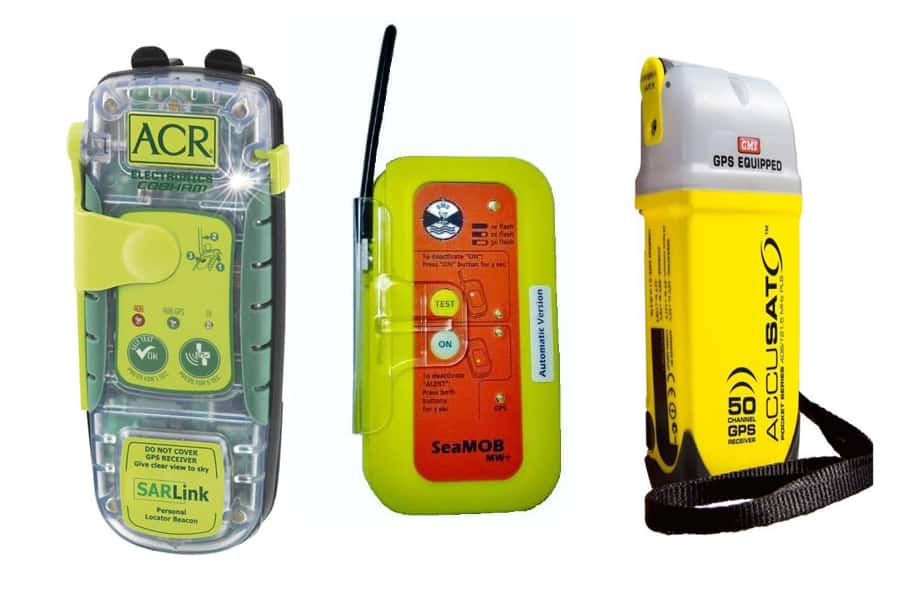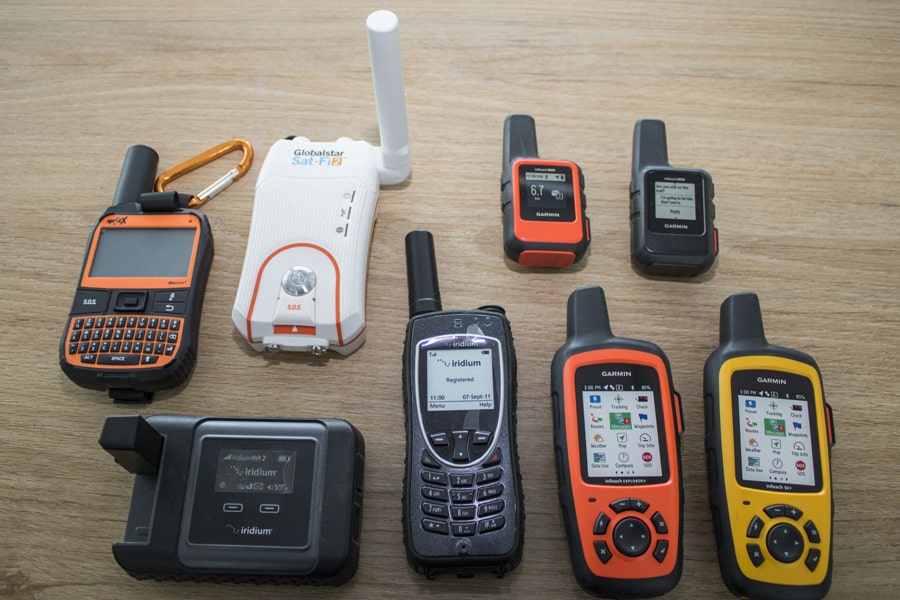
Choosing the Right Emergency Rescue Beacon to Call for Help on a Boat
To enjoy boating, you need to take to the water under the right conditions and with the right equipment, including an emergency rescue beacon.
No matter how carefully you study charts, learn to drive your boat and check for small craft advisories, marine hazards can still pose a threat. From changing weather or human error, there multiple potential causes of boating accidents, making it vital to take to the water with the right safety equipment at all times.
Keep reading to find out whether you need an EPIRB (Emergency Position Indicating Radio Beacon), PLB (Personal Locator Beacon) or VHF radio to boat safely in Canada, and how this equipment makes it possible to call for help when you need it most.
What is an emergency rescue beacon?
In 2024, there have been over 100 boating accidents of all kinds across Canada While boating is a relaxing pastime, this statistic shows that safety plays an important role.
That’s why today the government has mandated the need to have boating safety equipment on board. One of the most important pieces of boating equipment is a a fully-functioning, approved emergency rescue beacon.
Different types of emergency rescue beacons
There are different types of emergency rescue beacons you can use to signal distress when boating alone or as a group on a pleasure craft. Each type has its own functionalities and features.
EPIRB (Emergency Position Indicating Radio Beacon)
Sometimes known as an AIS beacon, an EPIRB uses radio waves to signal its position. This beacon can alert boats that are within one nautical mile (1852 km) of the transmitting boat that the crew is in distress and needs help
Once the alert is launched, boats with an AIS receiver, compatible with the beacon’s radio wave, will see the boat to be rescued appear on their navigation radar.
The advantage of the EPIRB is that it can be programmed to take effect when a special life jacket is automatically triggered to emit its signal.
PLB (Personal Locator Beacon)
Small in size and often commercially available, a Personal Locator Beacon (PLB) is designed to signal your position and alert the Canadian Coast Guard in situations where you are at high risk.
Use of a PLB is permitted in serious situations, such as:
- Being involved in a boating accident
- Witnessing an accident before rendering assistance
- Drifting due to weather conditions, such as strong winds
- Falling overboard without the possibility of using a reboarding device
- Boat fires
- Engine failure.
Personal Locator Beacons should be used when you are faced with a situation where your survival is at stake.
The PLB will send an alert to the Global Maritime Distress and Safety System (GMDSS) for 24 hours via a satellite signal.
Although its transmission frequency has a longer range, it does not contact surrounding vessels and must be launched manually. On the other hand, the intervention and response time is much faster than with an EPIRB.
If you have this type of beacon, you must register it in your name with the naval authorities to facilitate identification during the rescue.
VHF Radio and GPS location device
Although it is not technically a beacon, this radio can also be used in a similar manner. In the event of a disaster or boating accident, it uses very high frequency (VHF) to communicate with surrounding boats (by sounding an alarm via other VHF radios) and with emergency services.
A VHF radio also has a GPS functionality indicating the location of the disaster when in use. You have to manually activate the distress button on the radio for this function to work.
When you purchase your radio, you have to configure the 9-digit Maritime Mobile Service Identities (MMSIs) number so that emergency services can locate and identify you and your pleasure craft.be impossible to pinpoint.
To learn more about signalling for help from your boat, check out our dedicated article about the different types of boating distress signals.
How emergency rescue beacons work
The distress signal emitted by a vessel is directly linked to a network of satellites (COSPAS SARSAT) locating distress alerts. When a beacon is triggered, it sends a distress signal corresponding to an associated frequency that will be picked up by the satellite.
This frequency works as a trigger. In other words, once captured, the satellite sends the location information to the nearest maritime rescue stations.
Once the network has triangulated the location of the alert and this information is transmitted, the response time is estimated at between 15 and 45 minutes.
Boat safely with the National Boating Safety School
Emergency rescue beacons save lives. When boaters use an EPIRB, PLB or VHF radio to call for help, they inform other boaters and emergency personal that they are in distress. Once you activate your radio, you’ll be located via GPS and rescued as quickly as possible.
To learn more about other boating safety equipment like manual water pumps and life jackets, register for our boating safety course. The National Boating Safety School online boating exam is a Transport Canada-approved, easy way to obtain your boat license online.
Register now to start boating safely on Canadian waters.




